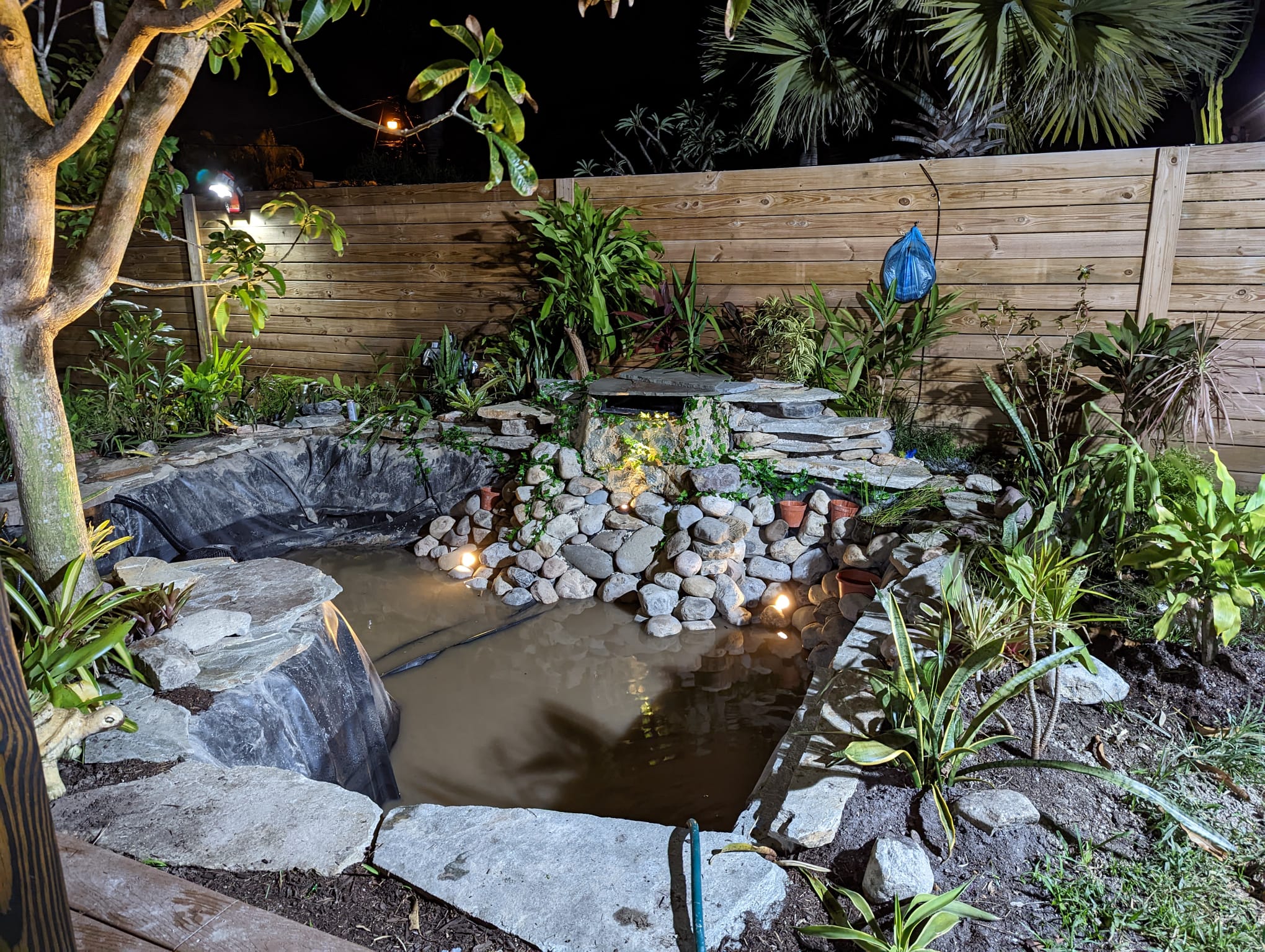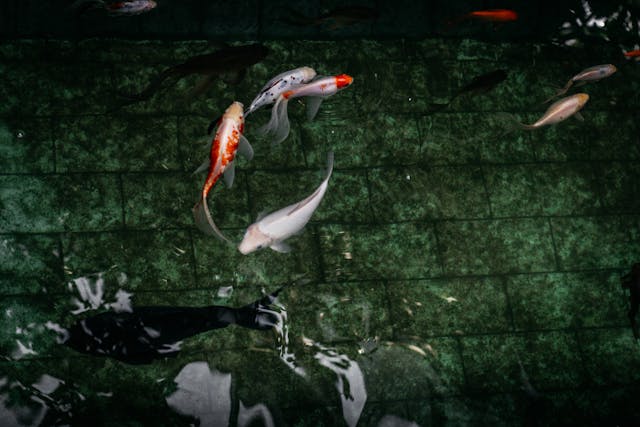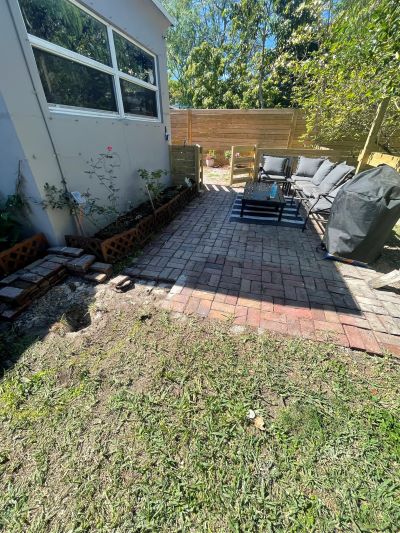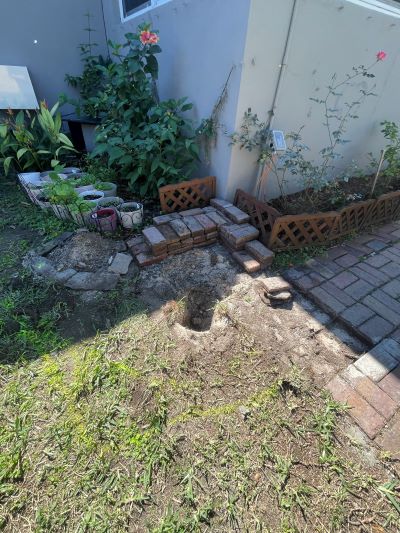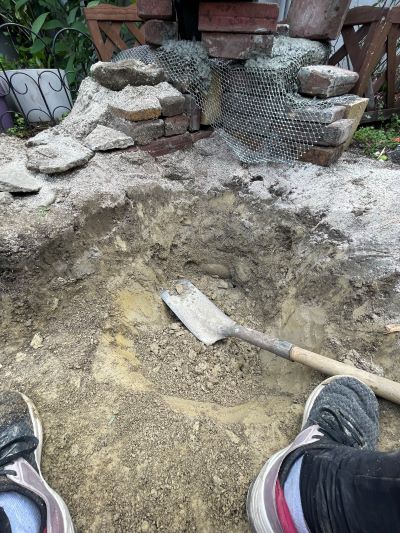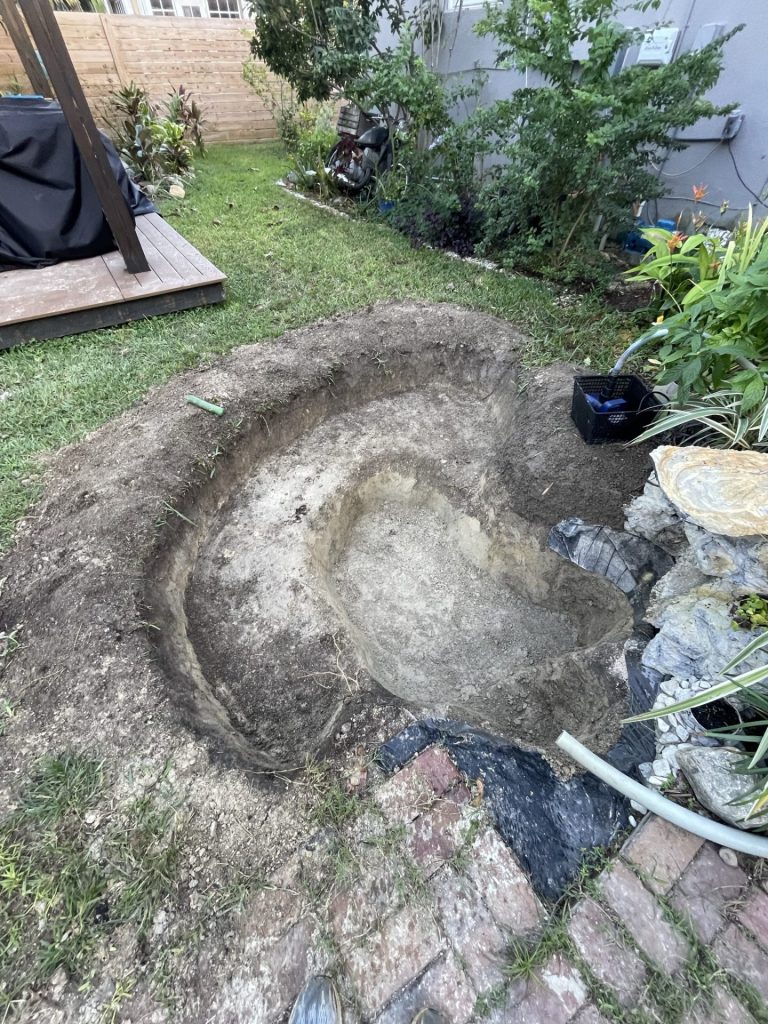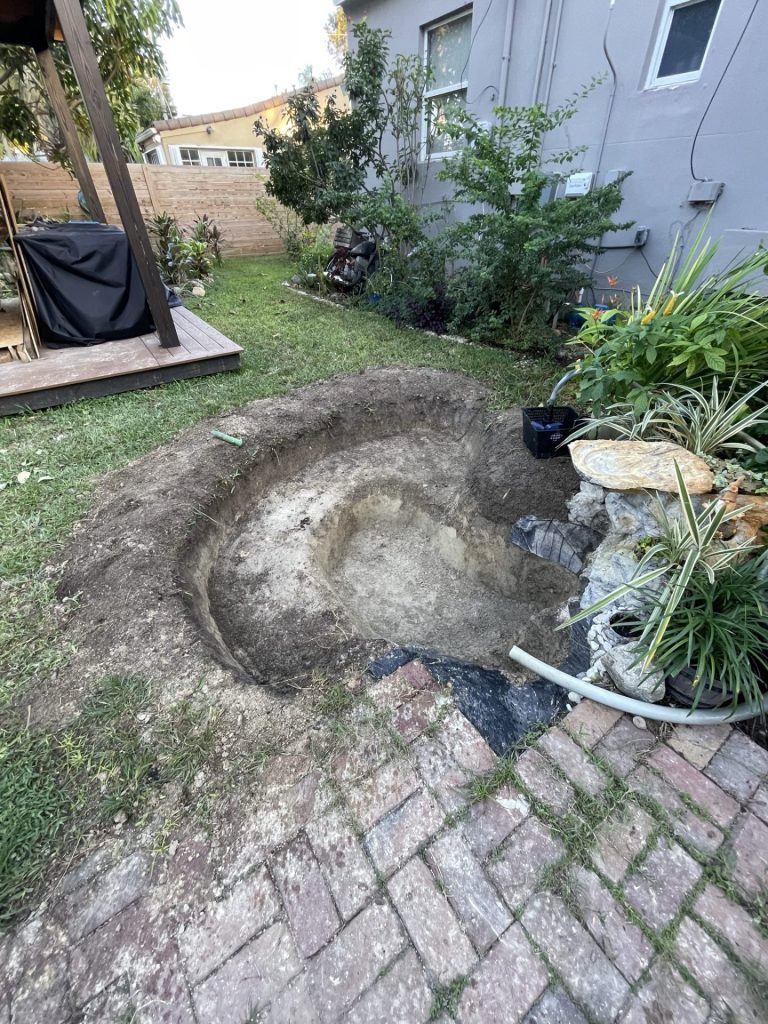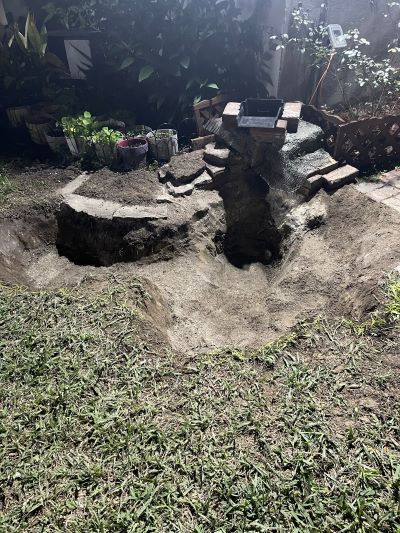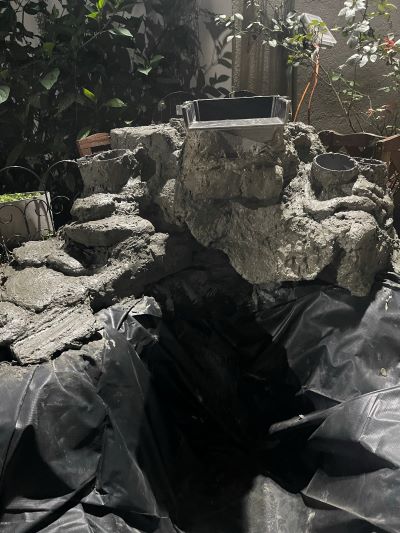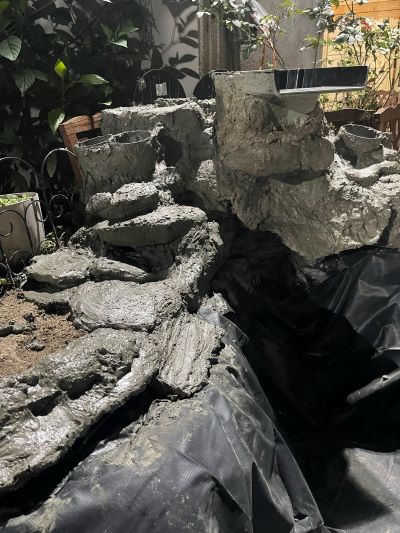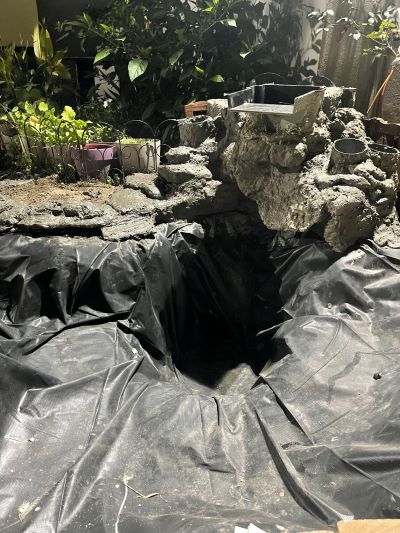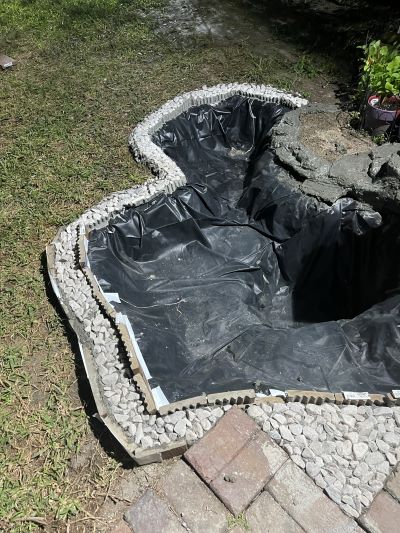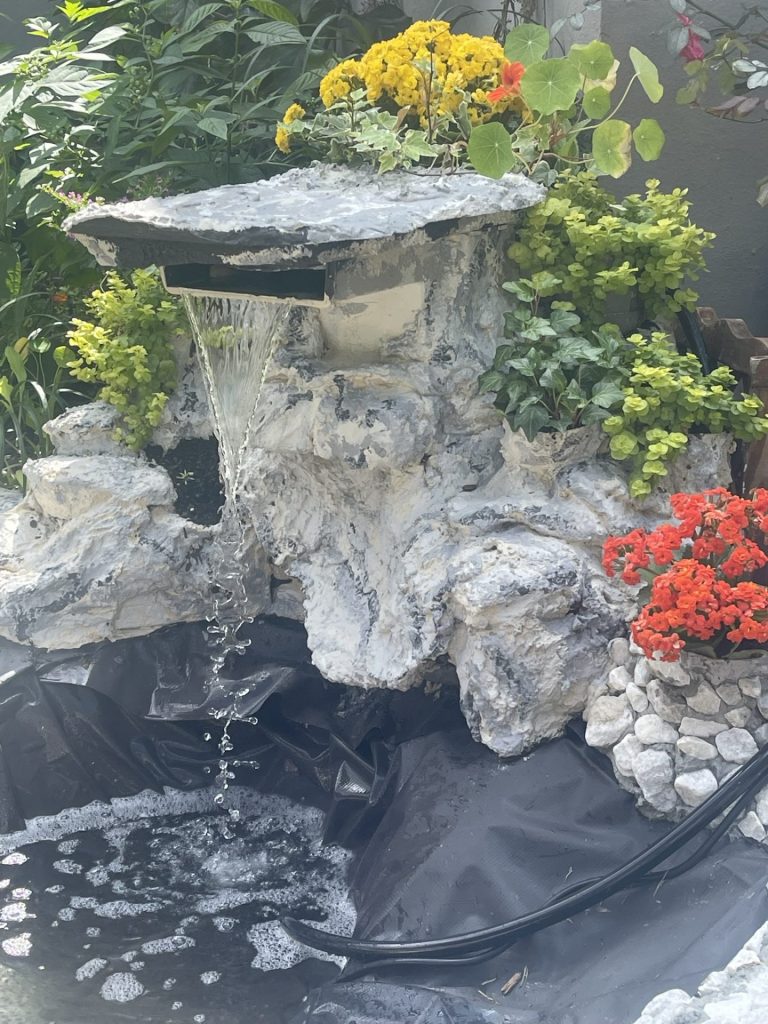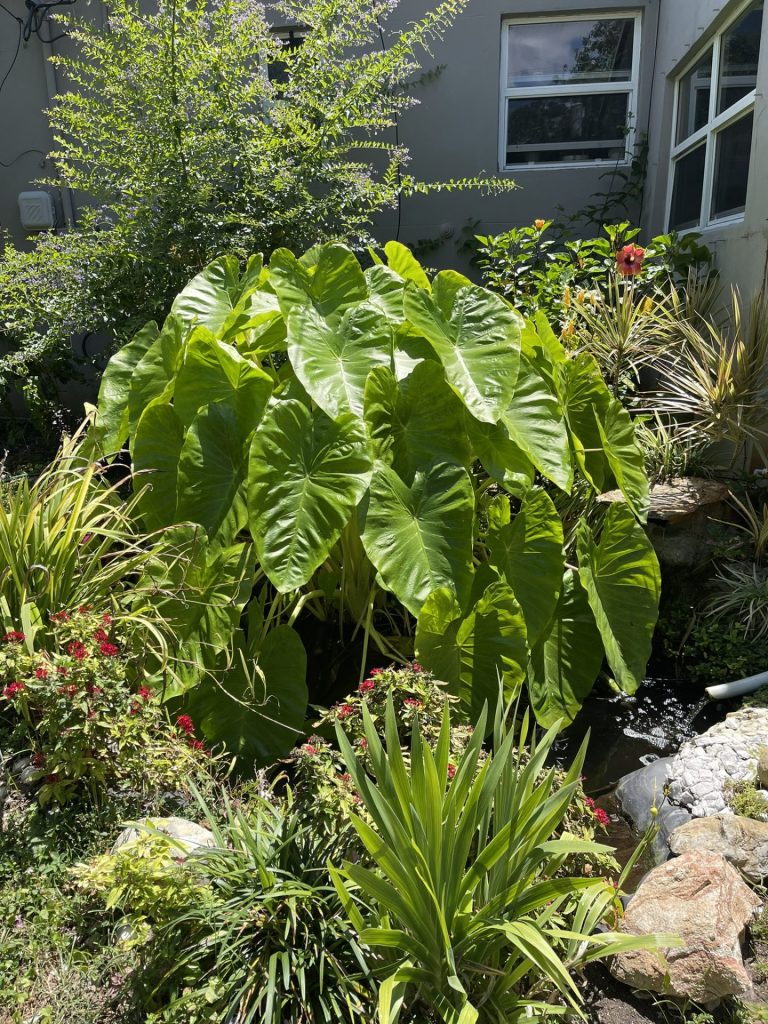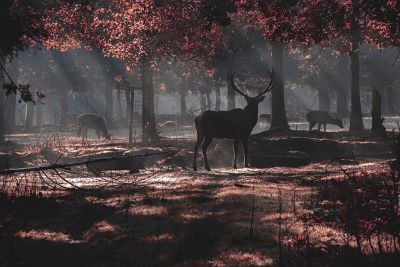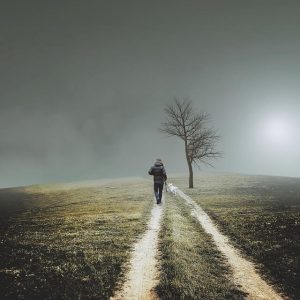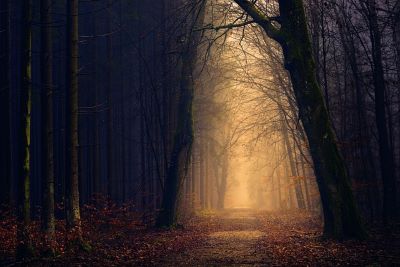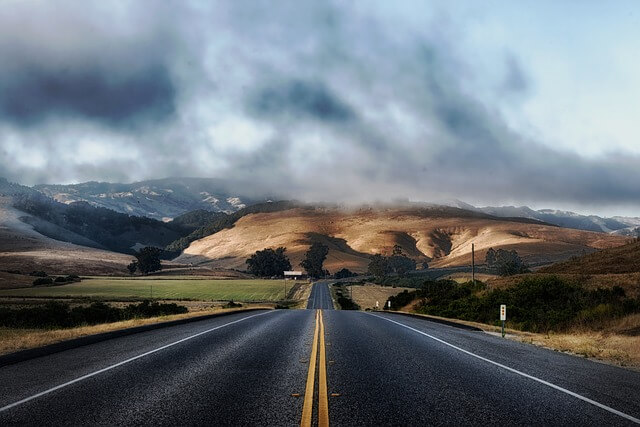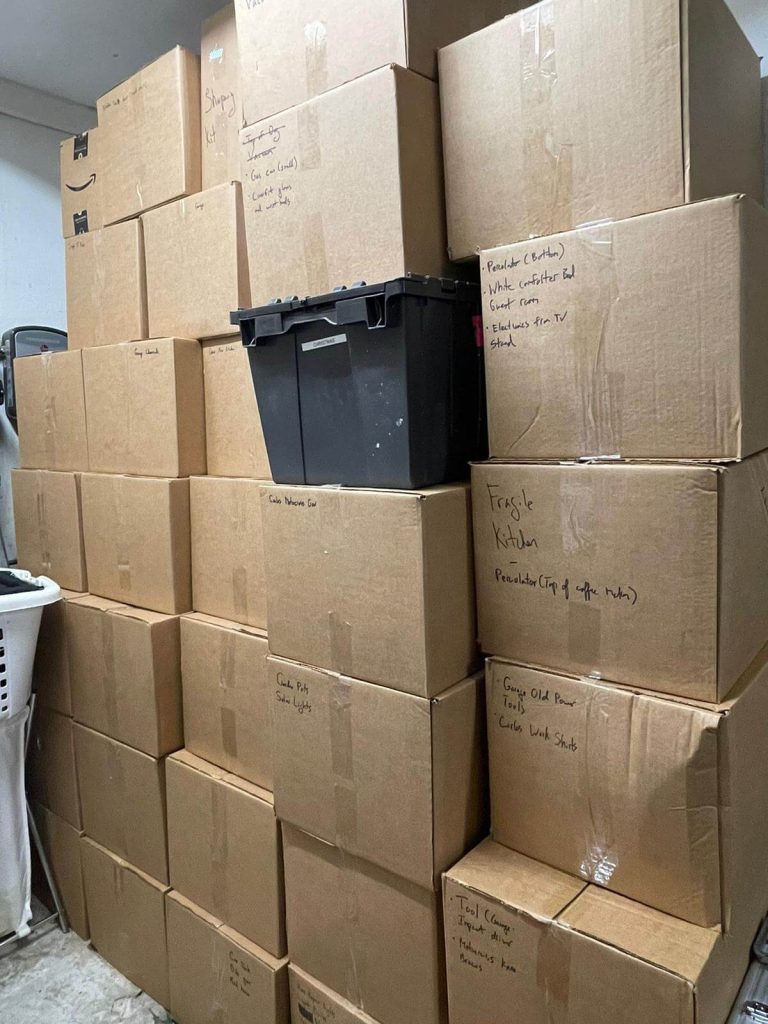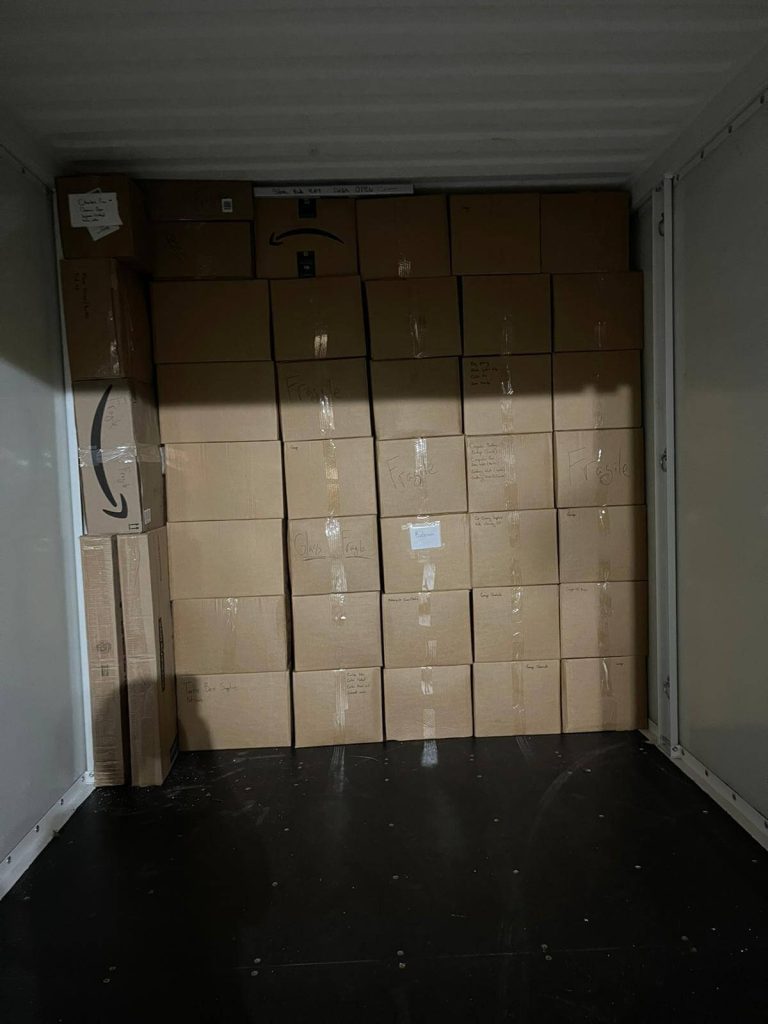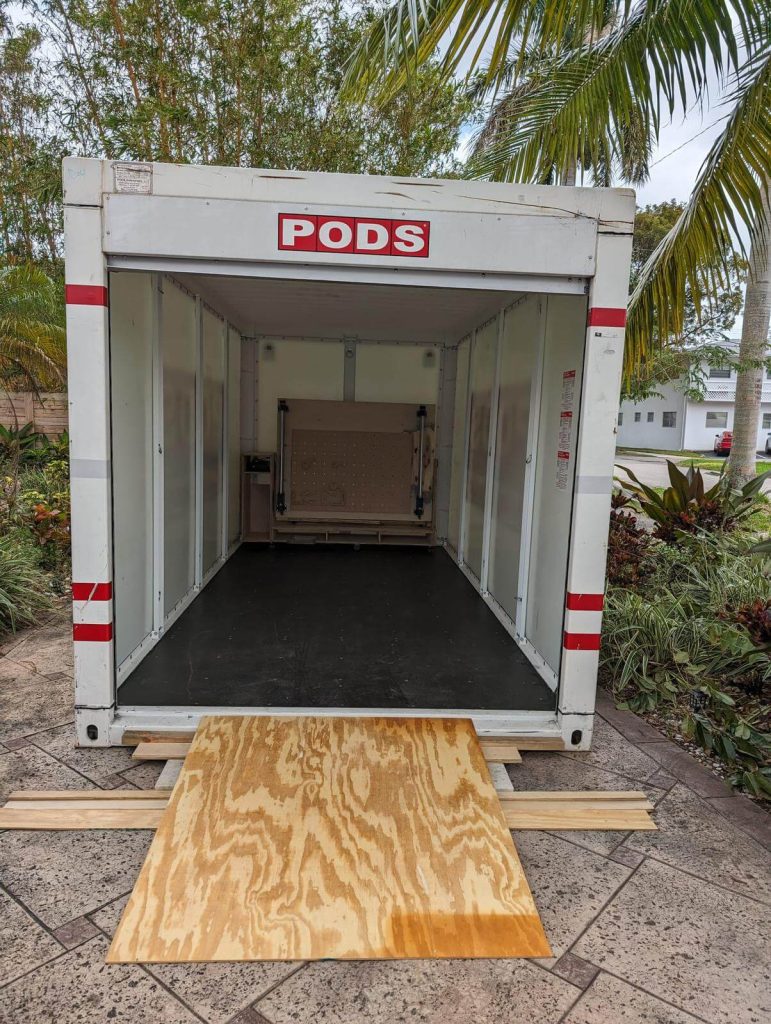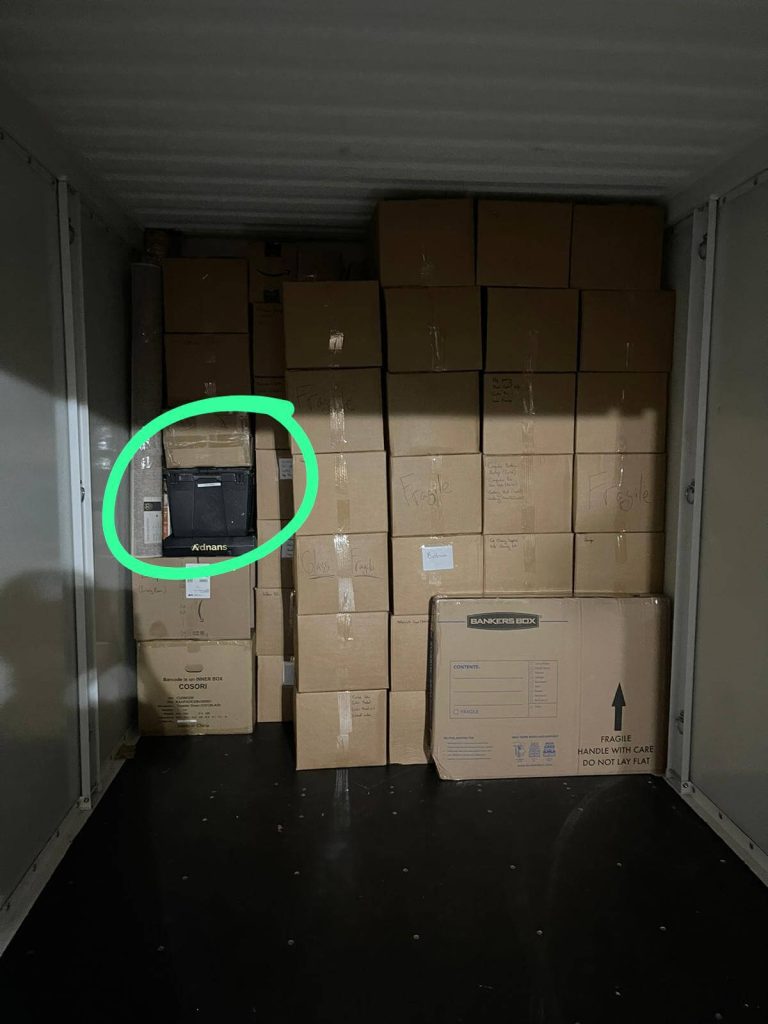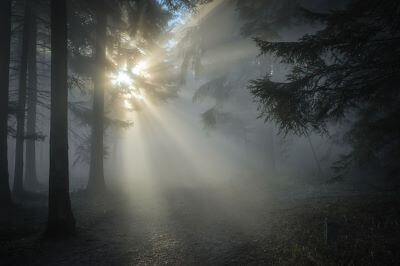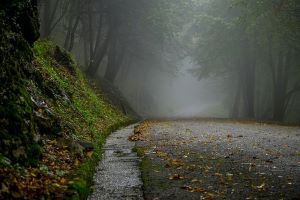I wanted to have a beautiful garden. I had already achieved filling my Florida backyard with endless amounts of fruit trees, exotic flowers, and a massive Rainbow tree. But I felt convicted that a (bigger) pond would be essential to achieve my goal of having the *most* garden. So, that is exactly what I set out to do.
Having already built a small pond, this pond was itty, bitty. It had all the essentials but it lacked professional level equipment and a professional look. I had made the baby pond and experienced multiple errors along the way. This time I wanted to build it with an Aquascape kit and I wanted to build it to last for decades.
To kick off the project, I started off by purchasing the Aquascape Medium Pond Kit 11′ x 16. This kit comes complete with everything you need to build a beautiful 11′ x 16′ ecosystem pond.
Taken directly from the aquascape website, below are some of the items the kit comes with:
- Your choice of an AquaSurge® 2000-4000 or 3-PL Solids-Handling pond pump
- Signature Series 1000 Pond Skimmer with faux rock lid
- Signature Series 2500 BioFalls® Filter with rock tray and BioBalls Biological Filter Media
- Check valve assembly
- (2) 3-Watt Spotlights
- 1-Watt Waterfall Light
- 60-Watt Lighting Transformer with Photocell
- 3-Way Quick-Connect Splitter
- 25’ Quick-Connect Extension Cable
- Dosing System SL with starter water treatment
- Flexible PVC Pipe – 2″ x 25′
- 45 mil EPDM liner – 15′ x 20′
- 300 sq. ft. of protective underlayment
- Welcome Kit
- Installation Kit containing silicone, Pond and Waterfall Foam Sealant, PVC cement, and mor
Items not included within this kit are the rocks and plants for the pond.
Another item not included in the kit, that makes a big difference in the pond, is the Aquascape UltraKlean Pond Filter. This is a UV Filter that greatly improves the quality of the water. I decided to purchase this after reading on various Facebook groups that the UV filter is a must-have for clear water in hot climates. In order for the UV Pond Filter to work, it does require being set up with its own pump. So I also purchased the AquaForce Solids-Handling Pond Pump (that also came with a hefty price tag).
This initial purchase was fairly expensive but I wanted to get equipment that would last years and not require being replaced in the near future. This ended up being a good decision as nothing has failed me since I originally made the pond about 2 years ago.
I also purchased a pond feeder for when I traveled for longer periods of time. This worked so-so. The cable for the feeder turned out not to be so great with heavy rain and would shut off. This was disappointing because the feeder was over $100 at the time of purchase. And since Florida gets heavy rains, it was pretty much a guarantee that the rain would turn it off.
The first step to beginning the big pond was deciding where to put the pond. So I purchased some yellow spray paint from Home Depot to mark where the pond would go. I thought it would be easy to pick a spot. Instead, it took a lot of careful consideration. I had to put it in a spot that was away from the house. It could be near the house but not directly next to the house (just incase of a leak). I also needed it to be in spot where no cables or pipes ran under ground. This is where it got tricky….. we had to contact the city and ask for plans of our property to review where the power lines ran under ground and to confirm where the water pipes ran. I also wanted to put it in a spot where tree roots would not be such an issue.
In the end, we selected the perfect spot. We would built it in front of the pergola we built, away from the house, under a mango tree, and away from any piping/electrical work that ran under ground. I had found the ideal spot! And was ready to begin the work.
Now before I started doing this project, my husband had told me he would help with the electrical and plumbing. But everything else was my responsibility. So I grabbed my shovel and started digging. And digging. And digging. At the rate I was digging, I figured it would take me months to dig this hole. I was slow, and was only making a few feet a day.
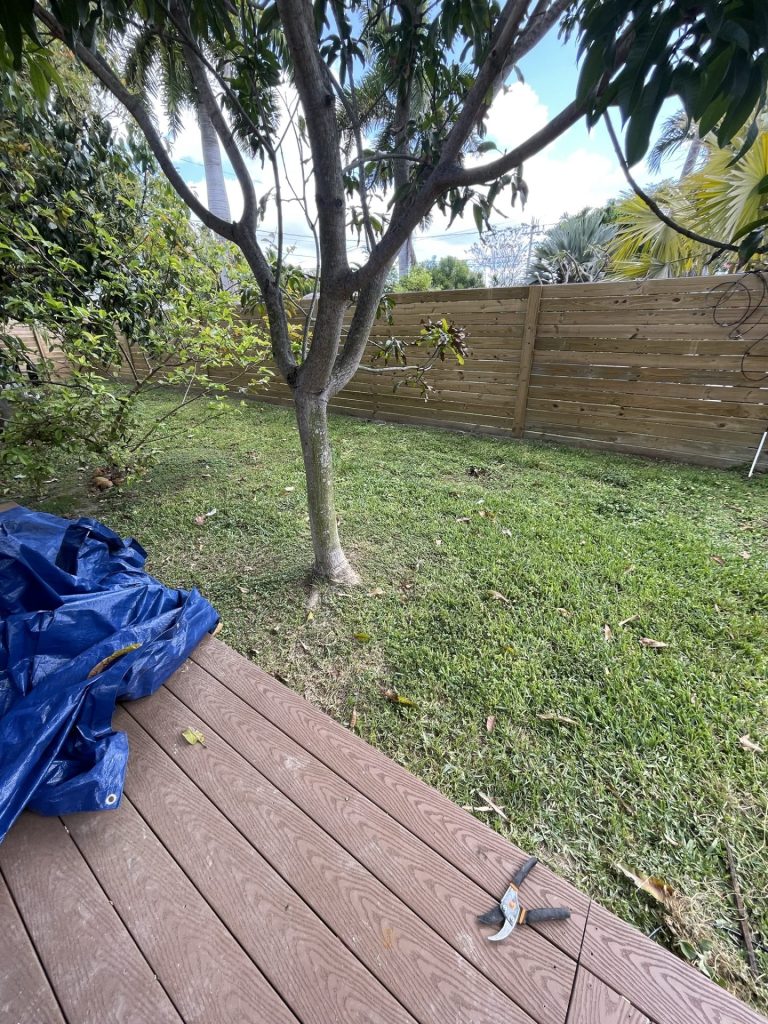
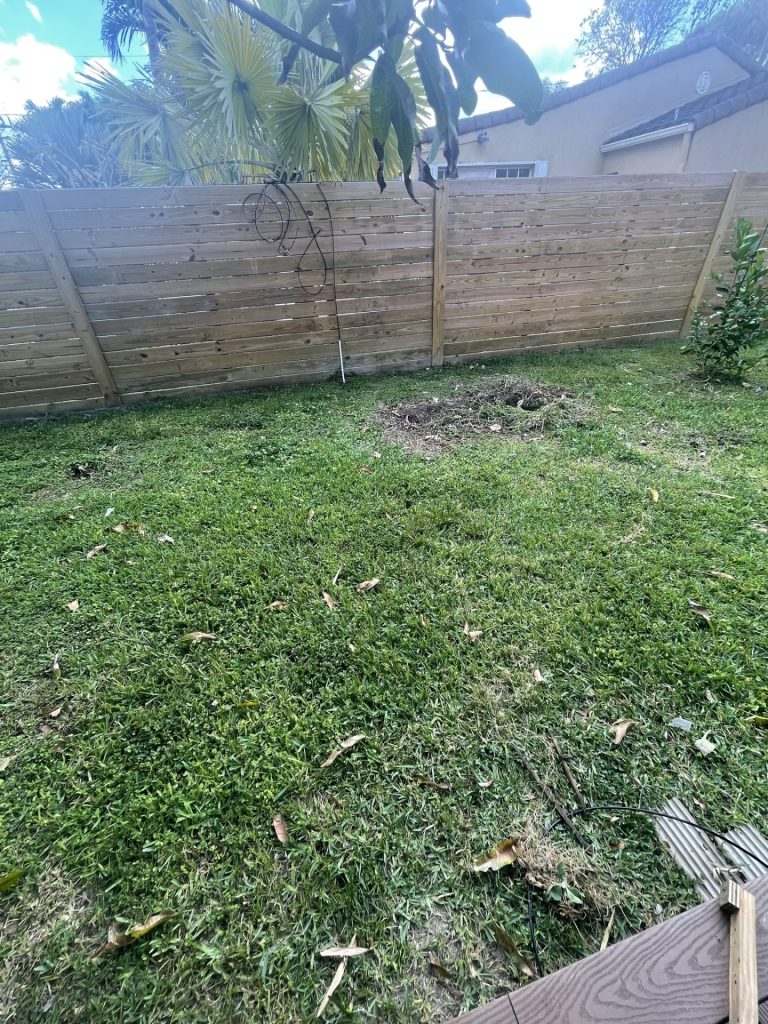
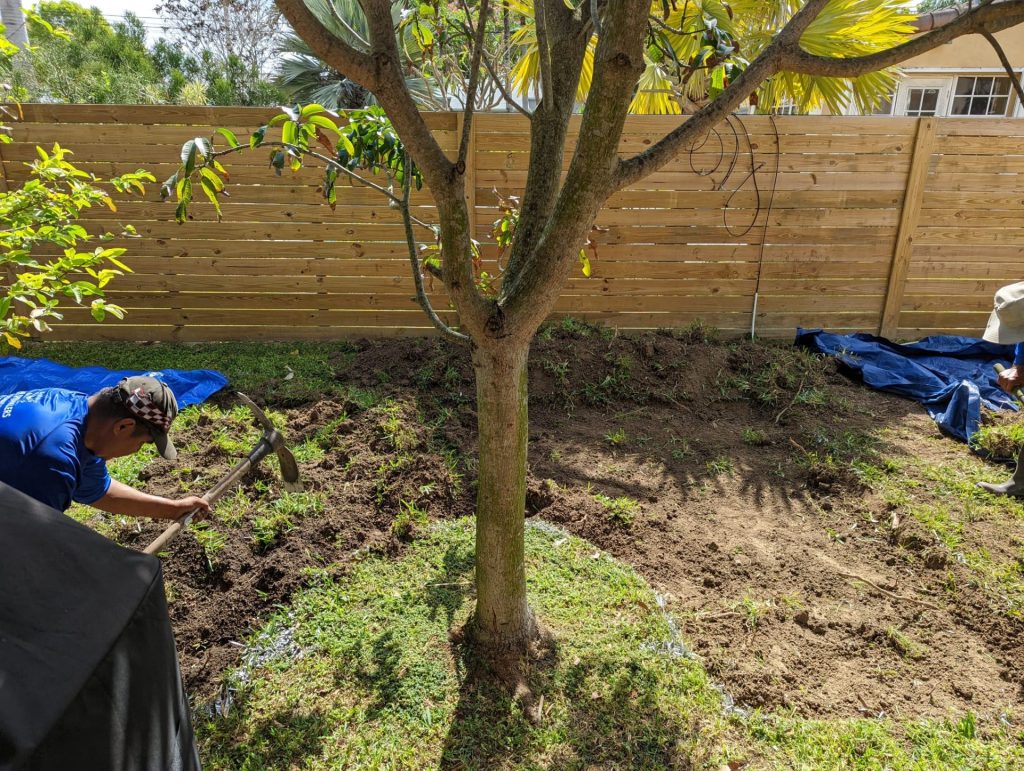
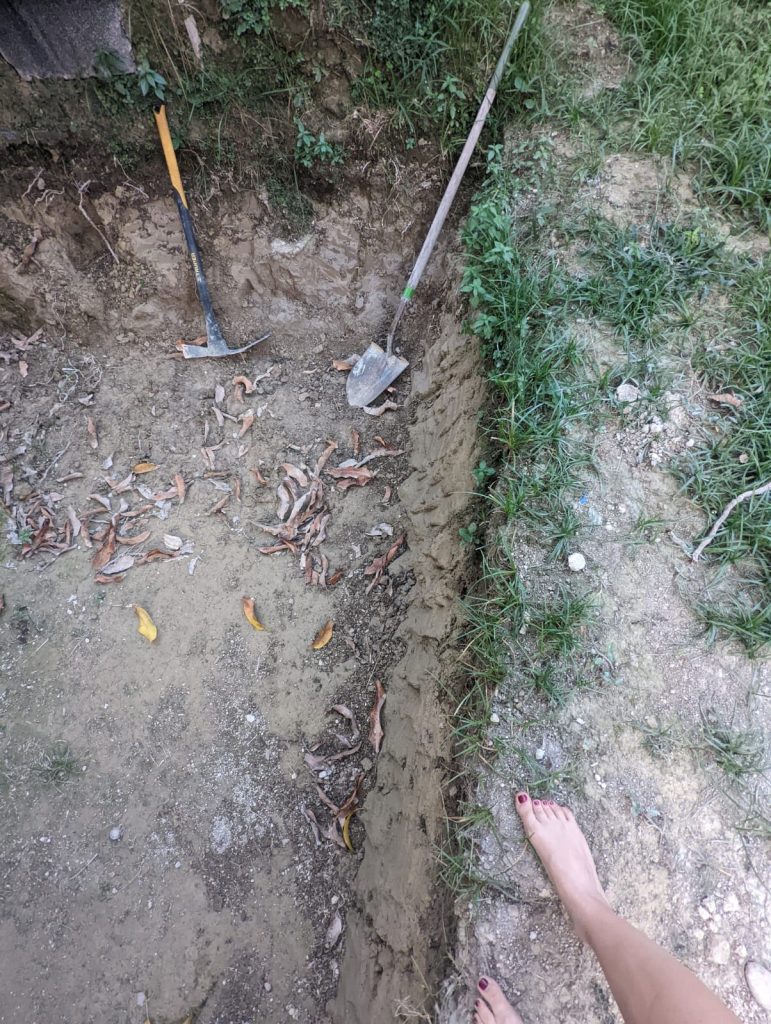
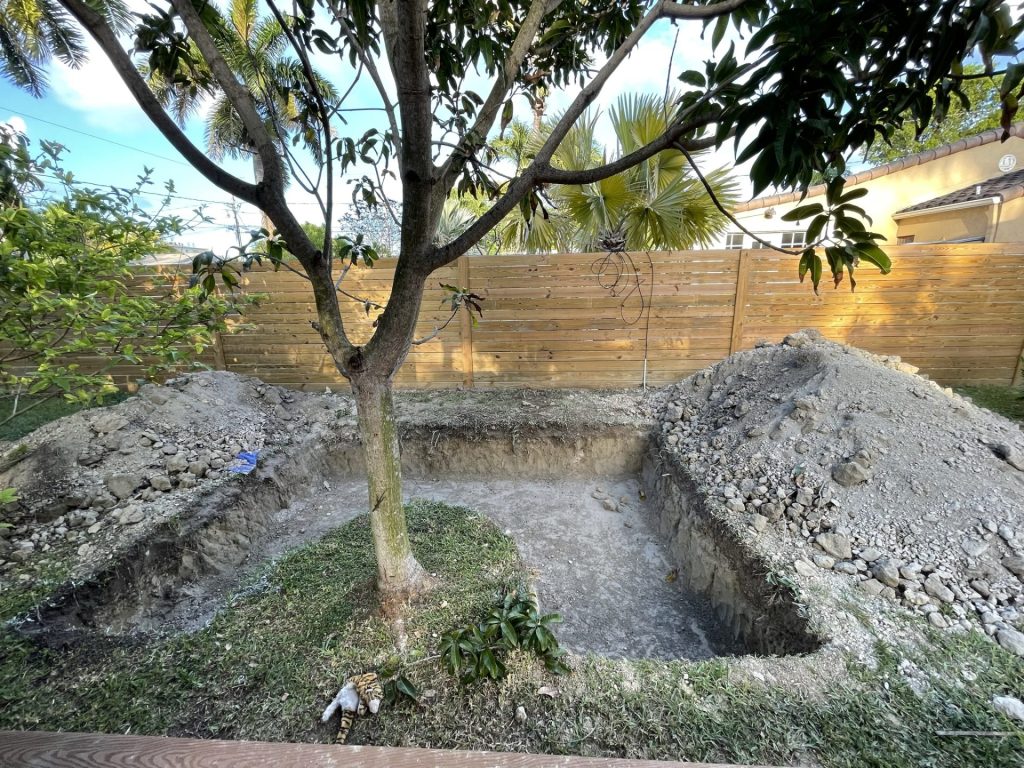
I think I tried to dig the hole for my pond for two months. I was getting no where. If I didnt work and I could just stay home and dig that hole, there may of been some hope. But sadly, work always gets in the way of home projects.
So I decided to outsource. I recruited some day workers to help with digging the hole. They quoted me $200 to dig the hole. They started digging at 1pm and by 7pm they were not done and ready to quit. So we doubled the digging rate to $400, threw in some bbq and beer, and they agreed to finish. I think by this point they felt committed to the project and wanted to see it completed.
It is recommended to build ponds at least 4 feet deep. Some people disagree with this but the overruling benefit seems to be keeping the koi fish safe from predators. For example, in Florida we have heron. Heron are a large bird that will go fishing in your pond for a nice snack. They will stand on the ledge of your pond and just stick their head in looking for their next meal.
Another benefit of going 4 feet deep (or farther) would of been the weather. Up north, when you have a pond you have to dig them very deep to keep the fish from freezing in the winter. Since I live in Florida, this was not really a concern. On the coldest winter day in December, it will sometimes drop down to 50. But that is rare and its only a day or so.
Overall, I would have liked to go 4 feet deep but instead ending up going 2 1/2 feet deep. Digging further than that would of been a real mission and the assortment of people I recruited to help me were not up for it. So 2 1/2 feet it was!
Finally the project could really begin!
With my large hole in the ground, I first installed the skimmer and Biofall.
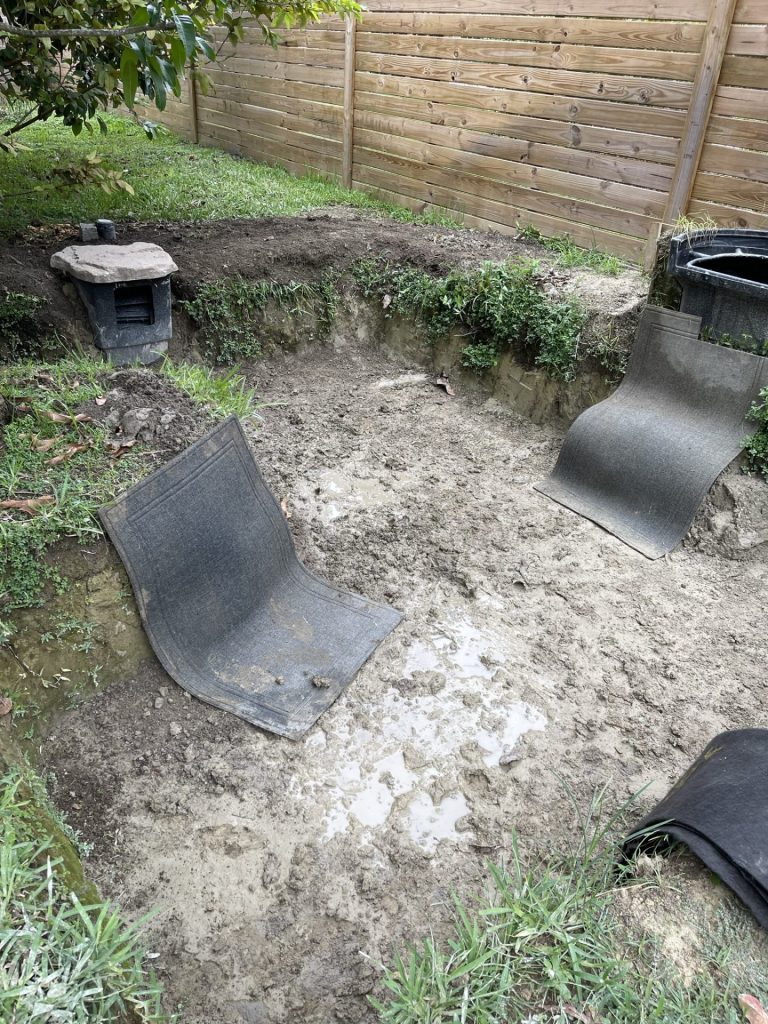
The skimmer and Biofall (a fancy word for the waterfall box) were fairly easy to install. The tedious part was making sure each were perfectly level with the ground. That took a lot of pushing dirt around and patience.
I laid down an old door mat in front of the Biofall filter to help give it the shape I wanted. (Underneith the mat was dirt from digging the hole for skimmer).
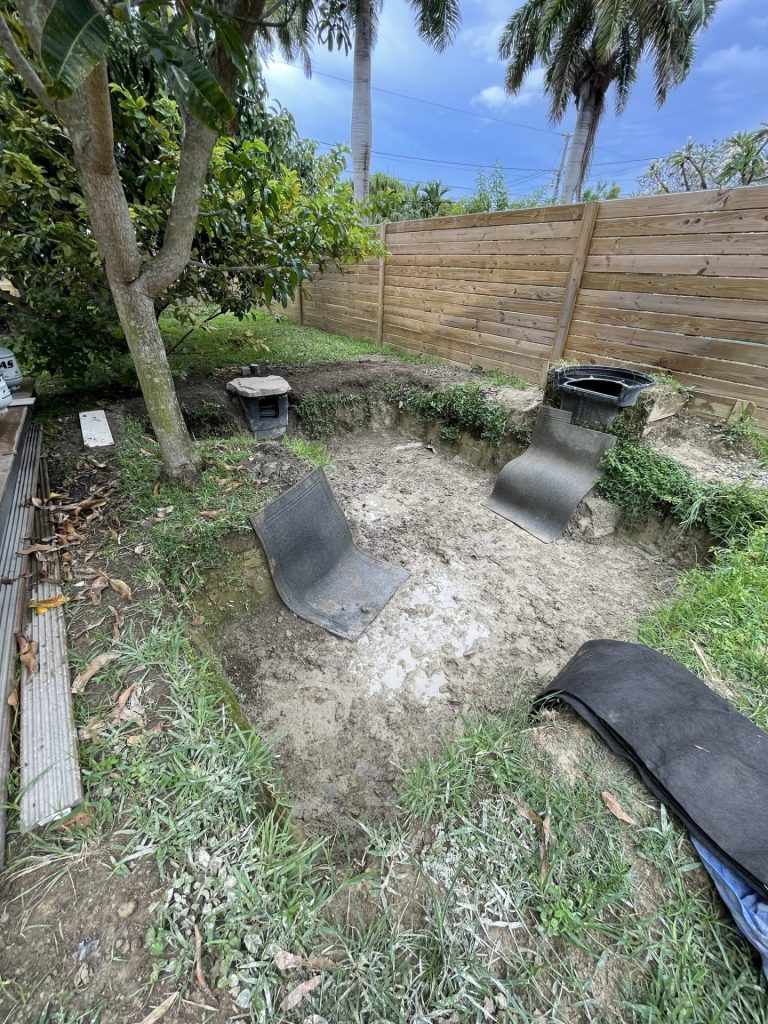
The Biofall filter was placed directly in front of the pergola, This was done so you could see the waterfall without any obstruction and get the best view.
In the manual it was recommended the skimmer be placed on the opposite end of the pond. Since I had a mango tree on the other end of the pond, I placed it on the left hand corner. This ended up working very well.
Next I laid down the protective underlayment. The kit came with a 300 square feet underlayment. It was basically a very thick, very large blanket. To take extra precaution, I also laid down some old/used carpet underneith the underlayment. The purpose of this is to create a barrier against any plant roots (or tree roots) that may try to break the liner of the pond.
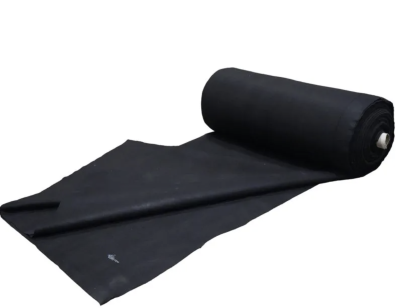

In order to keep the underlayment from simply falling back into the pond, I purchased garden staples. I put the stakes at the top of the pond, underneith where I would later place the rocks around the edge of the pond. After some testing, I discovered that the metal staples worked the strongest (plus the boxes come with up to 100). I also tried the plastic stakes but those seemed to break more easily if they hit a rock when you put them in the ground.
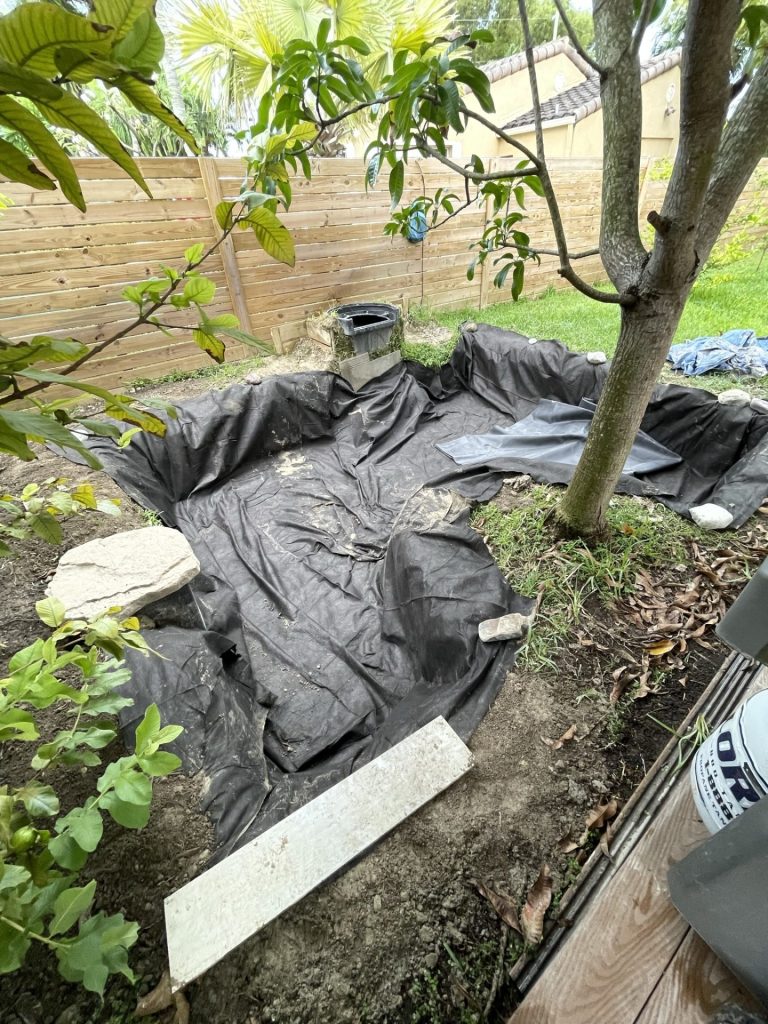
Once the underlayment was in, now I had the task of putting down the pond liner. I moved slowly putting down the pond liner. This was probably not necessary because the pond liner I purchased is extremely high quality… but at the same time…. “what if” I did break it? Finding a leak in a pond liner is not an easy task.
After I put down the liner, I laid down a blue tarp over it so I could work on it without being paranoid I might damage it.
The fun part of the project could now begin. This is the part that I knew would break the bank. but it was also a critical component to making the pond look beautiful. It was next on my agenda to buy the rocks.
And buy rocks a did…… I purchased 5 tons to be exact!
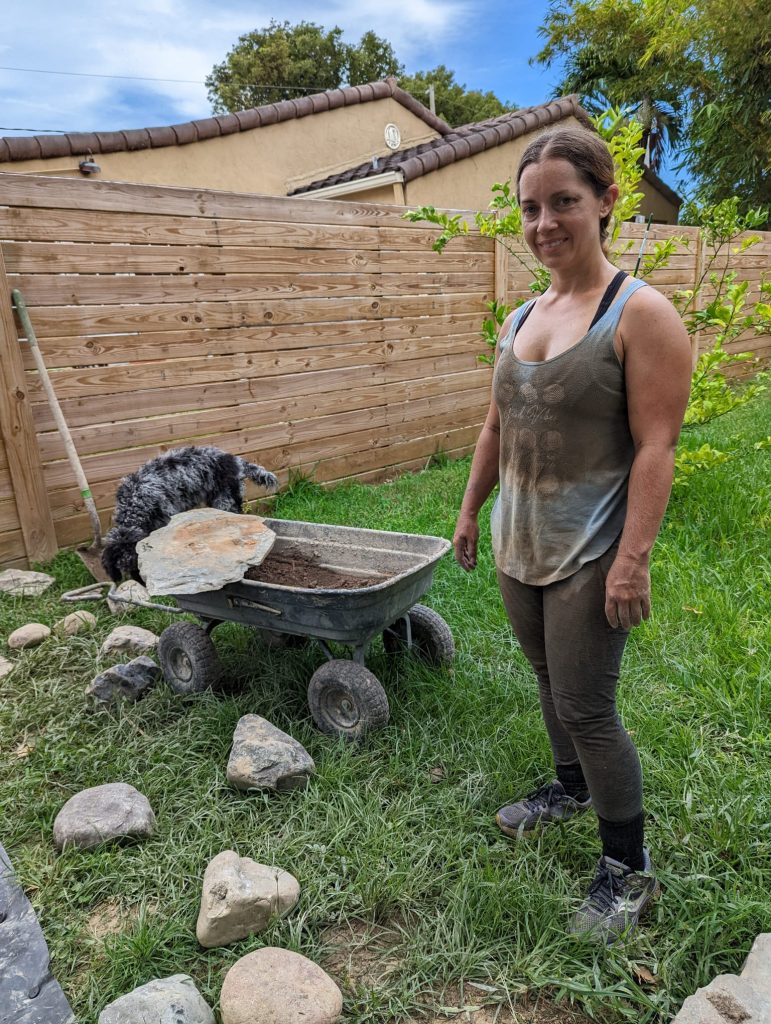
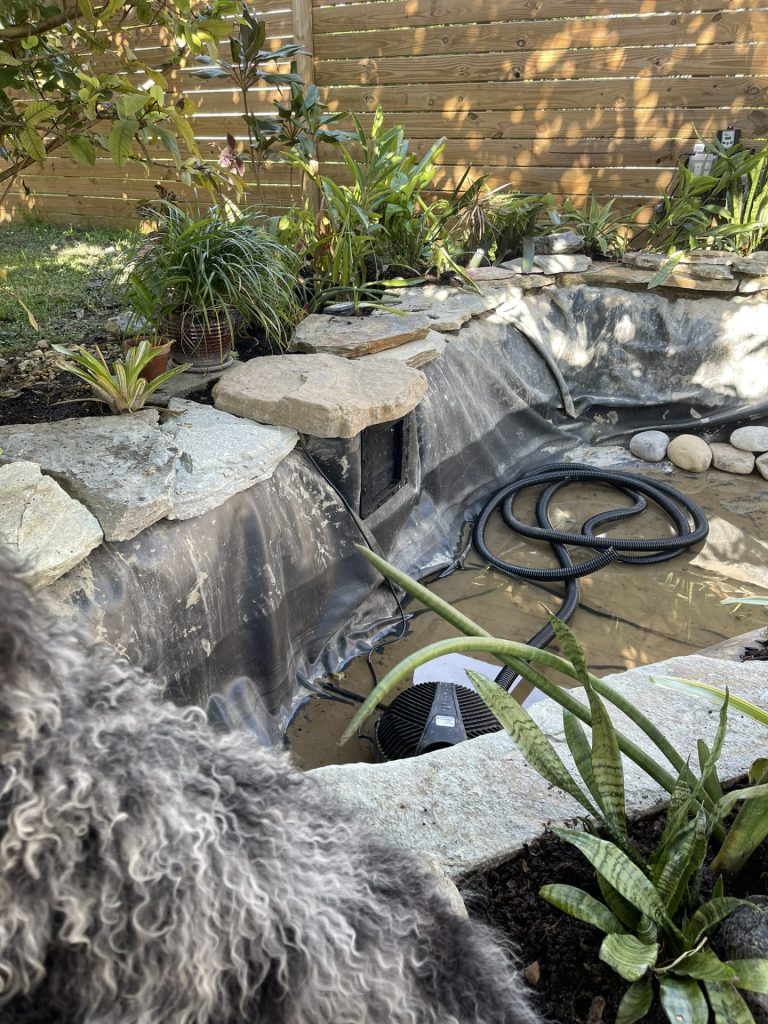
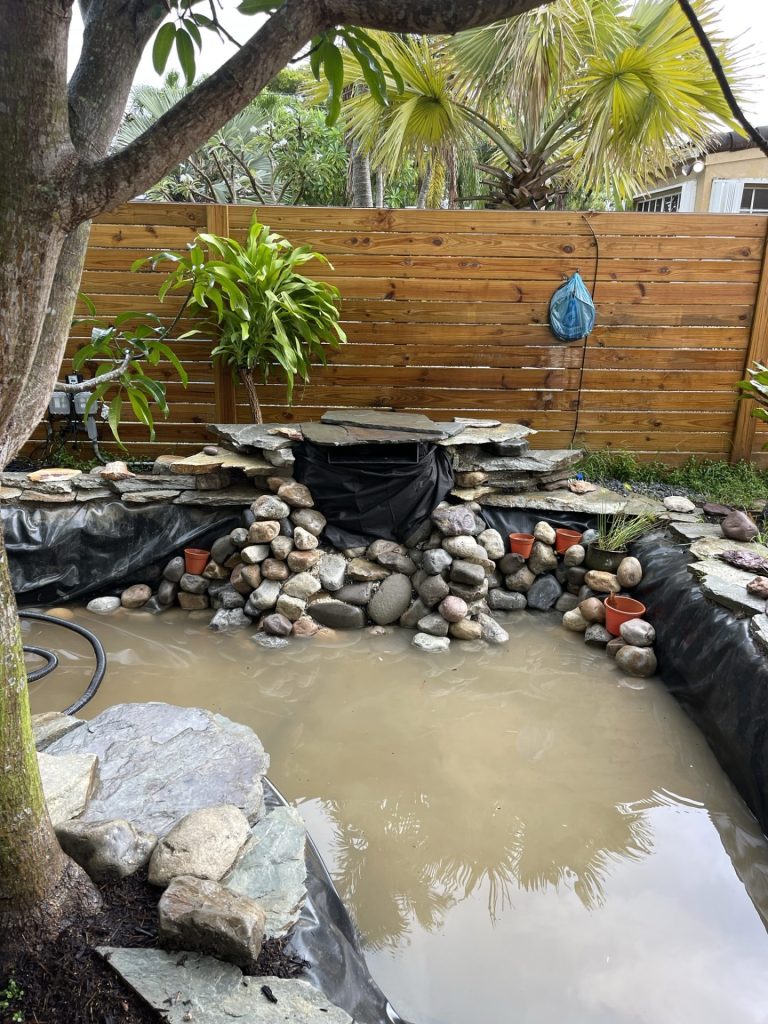
I purchased a lot of slate rocks and “pond rocks.” Pond rocks would be any rock that is round, without sharp edges. This was a very expensive part of the project. The rocks cost about $2k with shipping. But, regardless of the cost, I do feel without quality rocks, your pond has the potential to look like a giant hole in the ground. So I made the investment. This turned out to be a good decision as the pond looked more complete. ALSO, during hurricane season, when the rain water elevated the entire yard, the rocks contained the fish that extra foot and kept them from just swimming out into the rest of the yard. (Ill make a post about that in the future).
After dragging 5 tons of rock around the pond, I than began to construct the waterfall front. For this I used chicken wire, cement, and a special paint called “pond shield.”
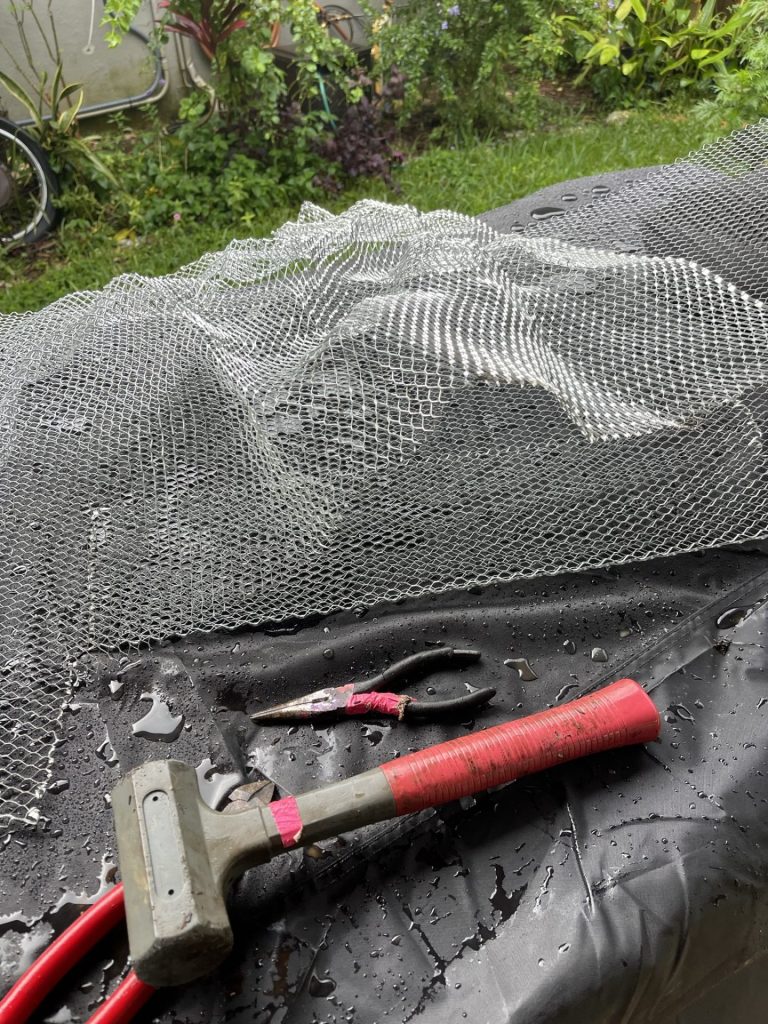
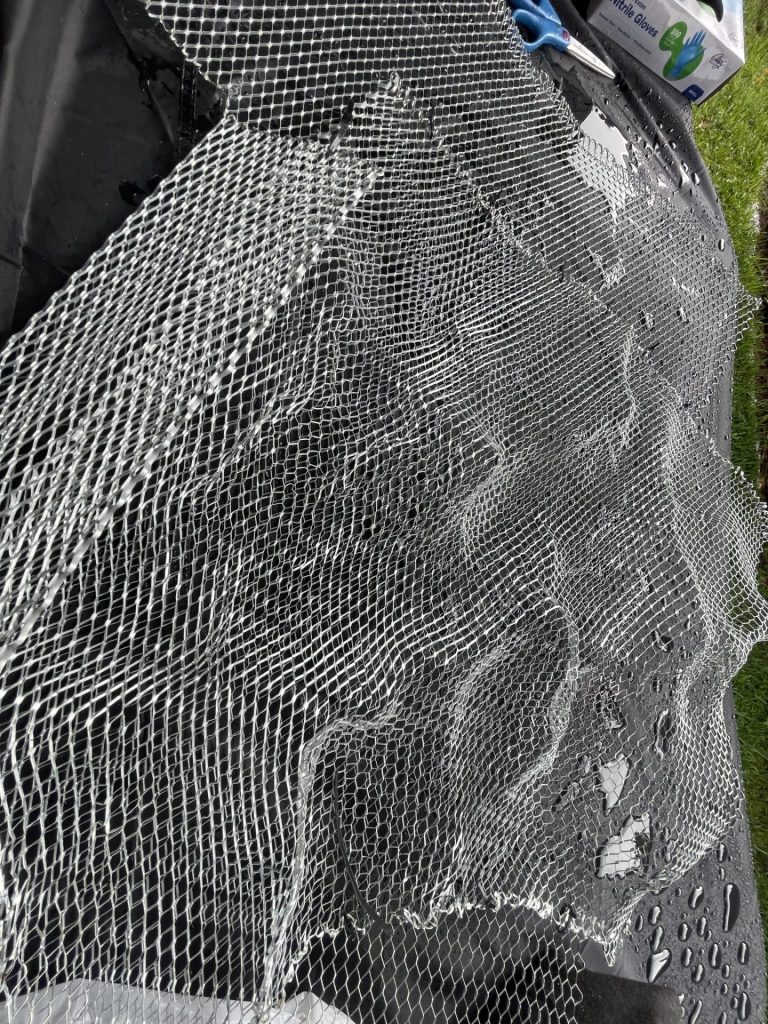
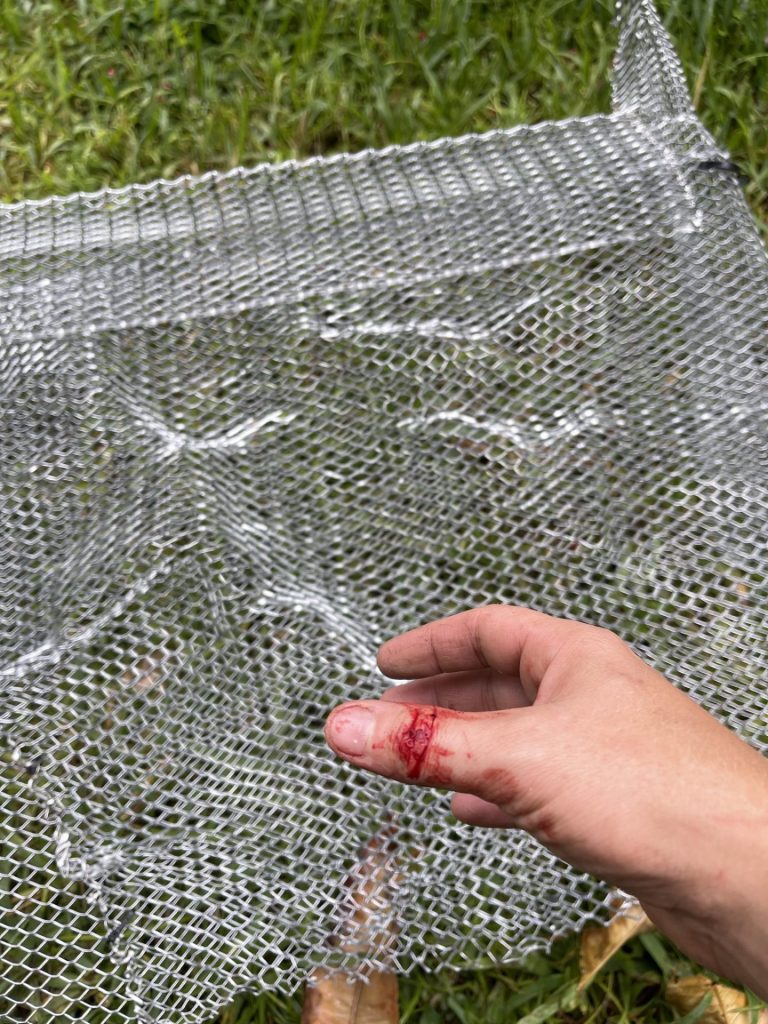
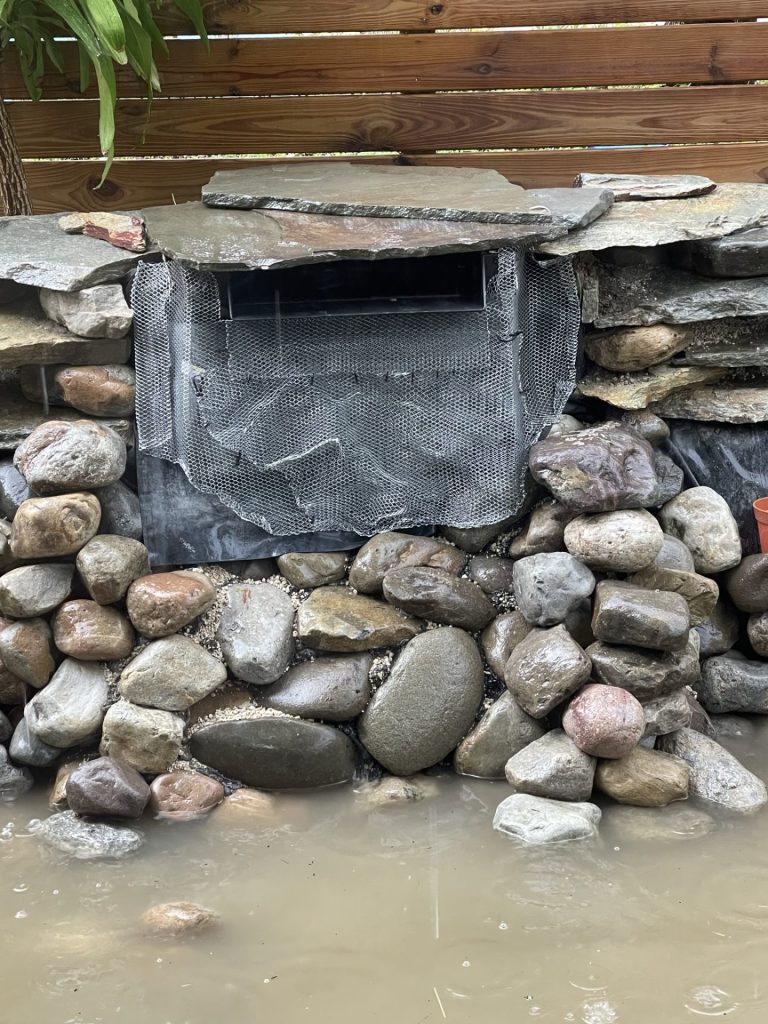
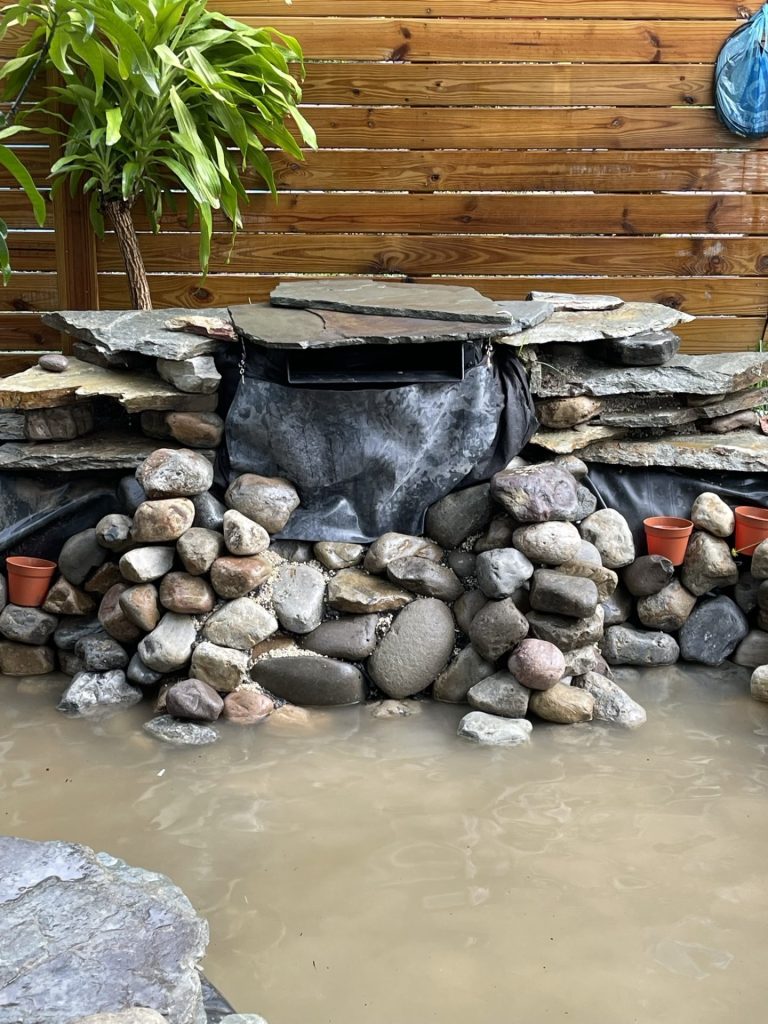
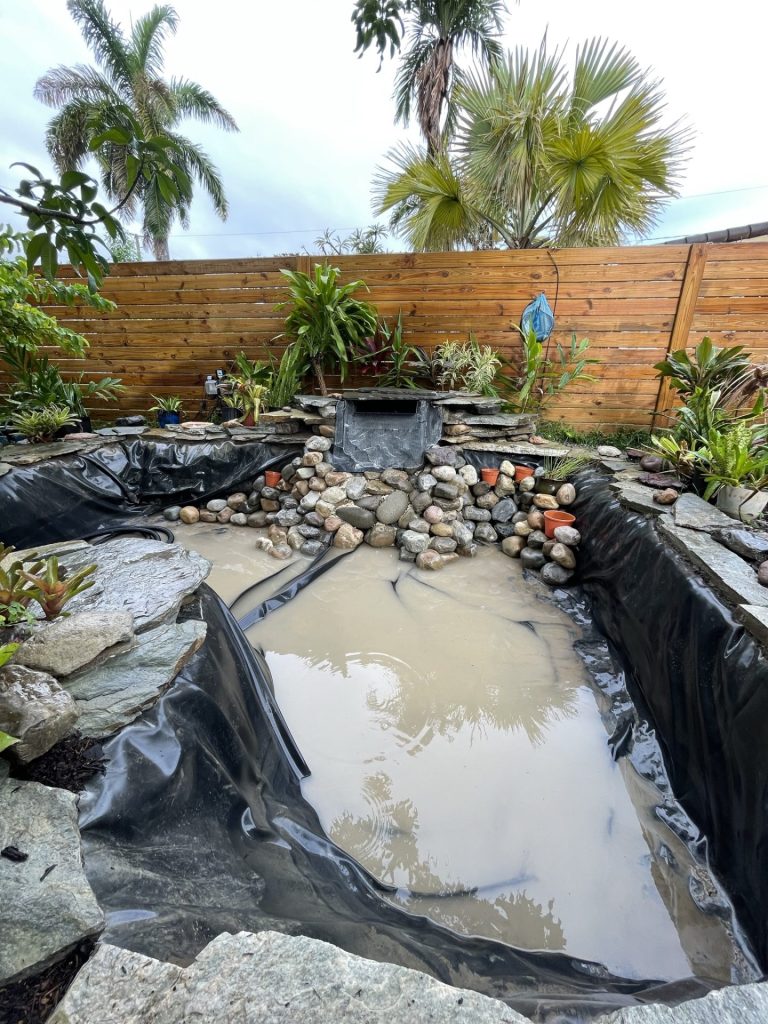
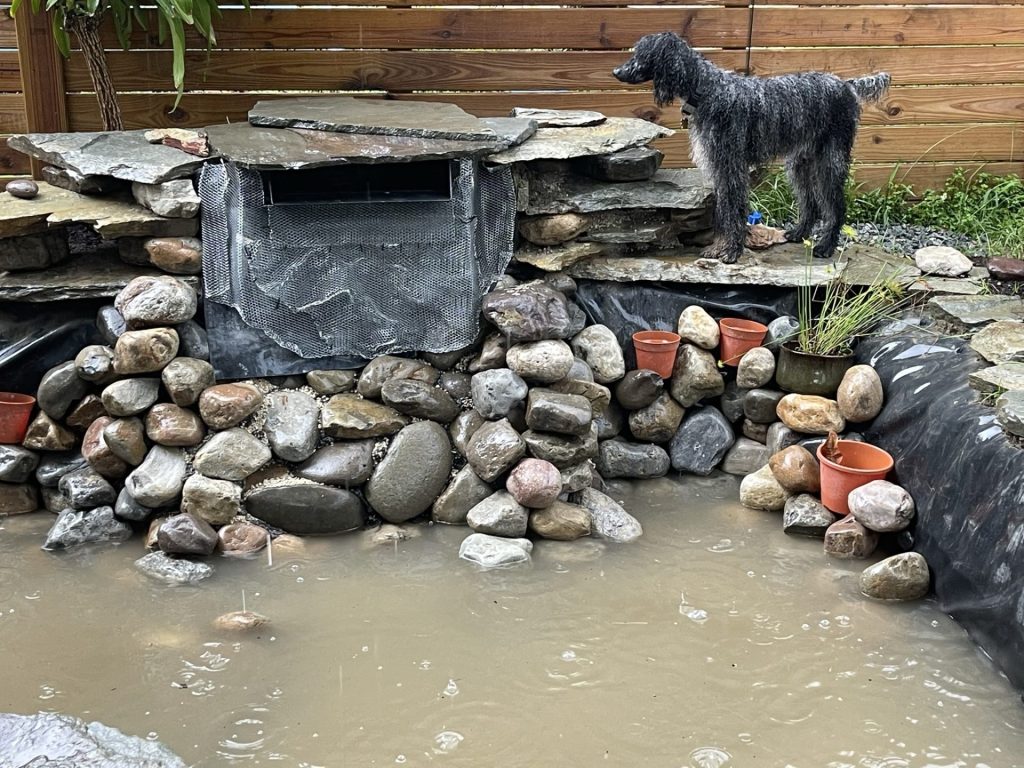
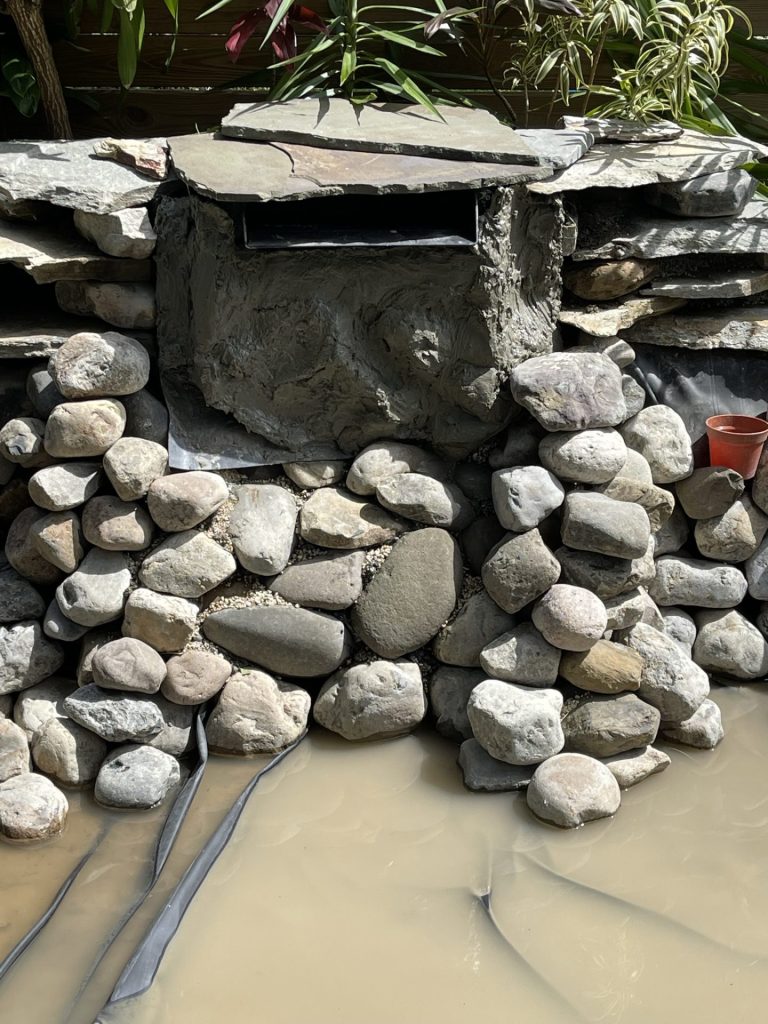
To shape the chicken wire, I hit it with a rubber hammer. And than carefully placed it in front of the waterfall box. (To avoid having the chicken wire touch the pond liner, I cut out some of the remaining underlayment and placed it behind the chicken wire.)
I than took cement and put it on top of the chicken wire. I applied the cement in such a way, that if I ever needed to lift off the front structure, I could wiggle it off. It acts as basically a cover for the front.
After the cement dried, I than whipped out the waterfall foam. This foam DESTROYED my cloths. If it touches your skin, it gets glued to you for a very long time. I put the waterfall foam in between all the rocks and than put small stones on top of the foam so it dried into teh waterfall foam.
I than applied the Pond Shield paint to the waterfall. This was a lot of fun, and it came out very nicely. The paint is thick so it helped give it a authentic look.
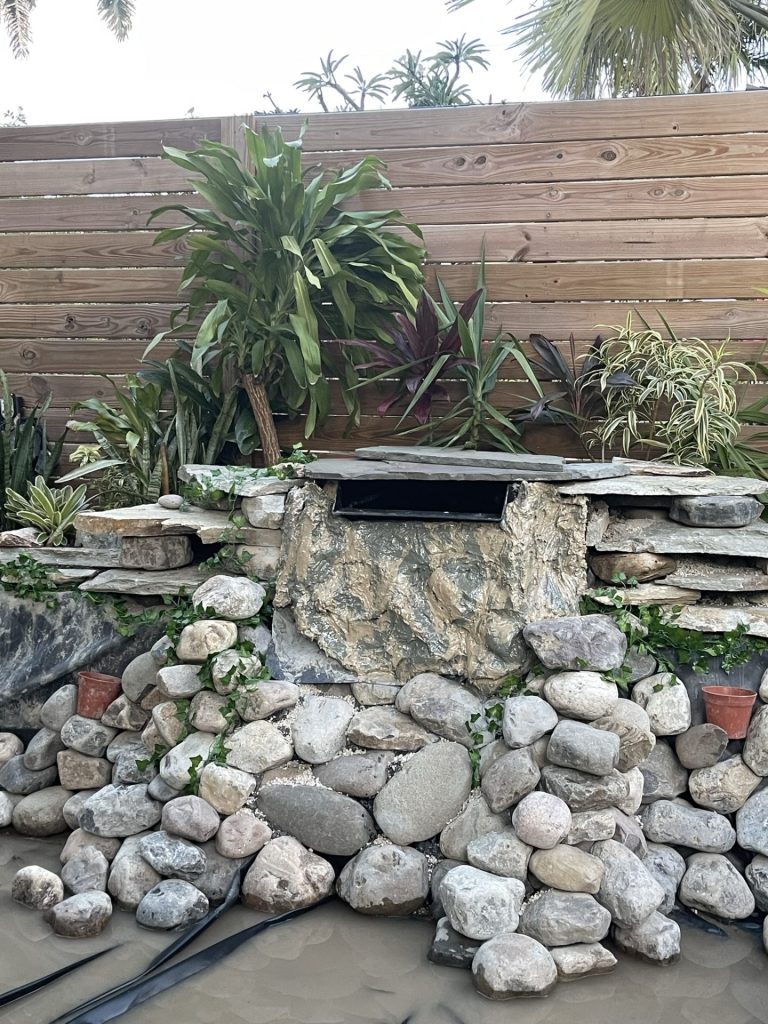
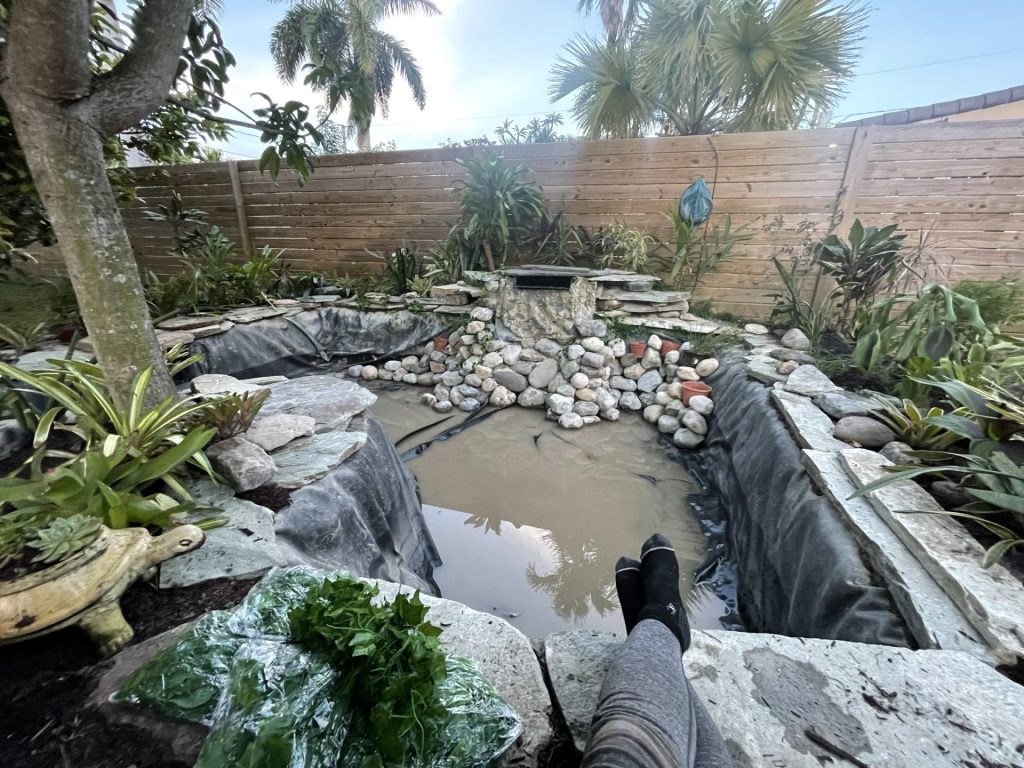
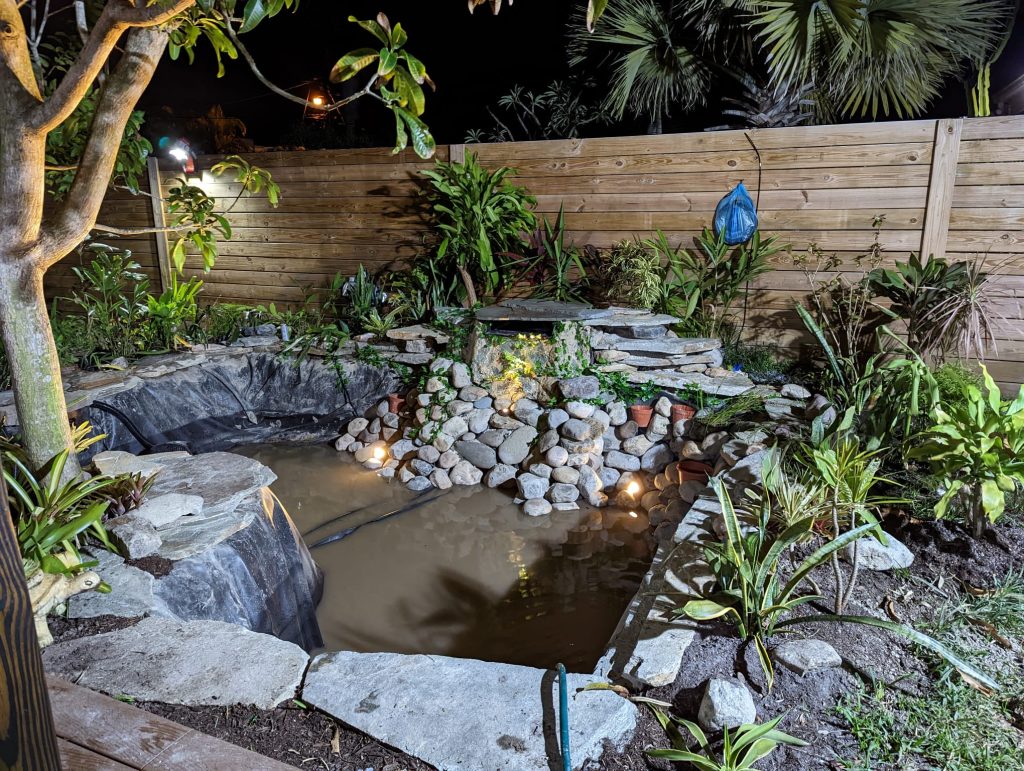
After painting the waterfall, I then added more pond foam to further connect the waterfall to the rocks. I used the spray that came with the aquascape kit. And I also used GREAT STUFF 99112849 Smart Dispenser Pond & Stone. You can get this on Amazon. When you spray it, keep in mind it will expand. So start slowly and don’t over do it or you end up cutting a lot of excess foam.
Now came my husbands role in the project. He promised me he would connect the electrical and hosing. So he got to work and knocked both out really quickly. The aquascape kit came with some pretty detailed instructions (which he completely ignored). He also set up the pump in the skimmer and the pump for the UV filter. This was a fairly important, but very fast, part of the project.
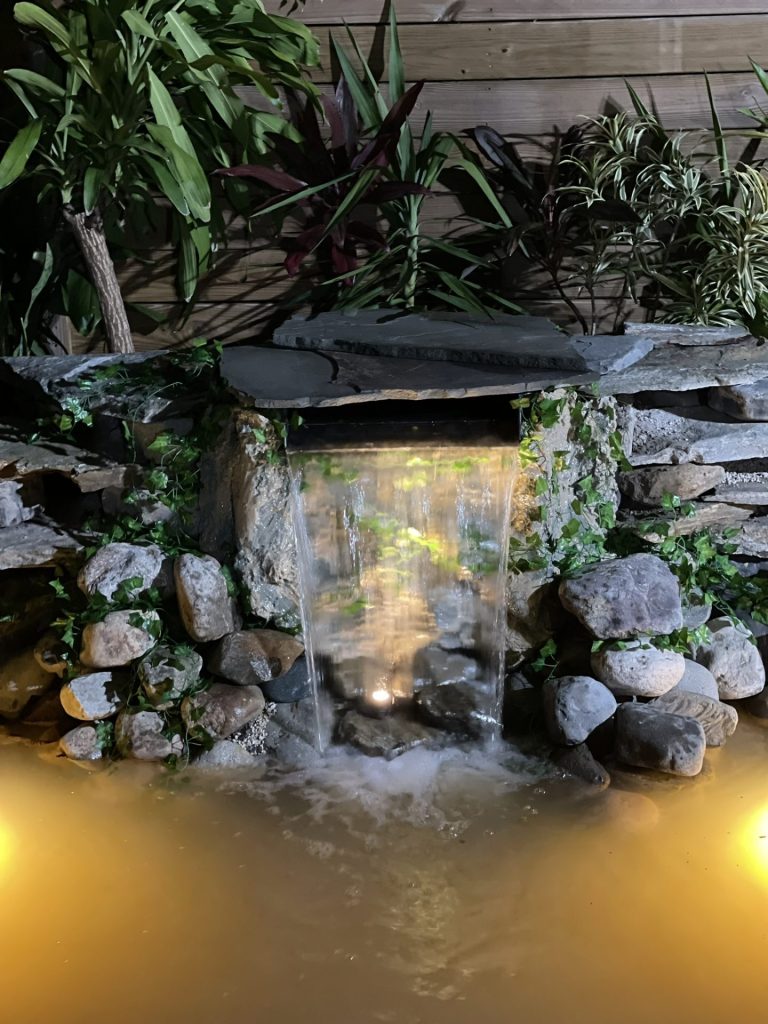
Once everything was connected, we could now turn on the waterfall!
It was such a relief to see it running
